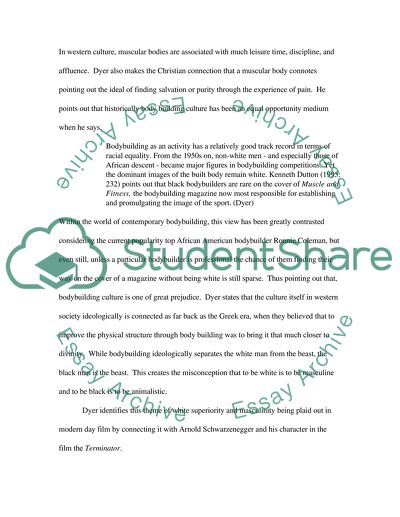Cite this document
(Media and Minorities Term Paper Example | Topics and Well Written Essays - 2000 words, n.d.)
Media and Minorities Term Paper Example | Topics and Well Written Essays - 2000 words. https://studentshare.org/media/1540684-how-do-young-people-from-ethnic-minorities-negotiate-their-identities-in-relation-to-their-media-representations
Media and Minorities Term Paper Example | Topics and Well Written Essays - 2000 words. https://studentshare.org/media/1540684-how-do-young-people-from-ethnic-minorities-negotiate-their-identities-in-relation-to-their-media-representations
(Media and Minorities Term Paper Example | Topics and Well Written Essays - 2000 Words)
Media and Minorities Term Paper Example | Topics and Well Written Essays - 2000 Words. https://studentshare.org/media/1540684-how-do-young-people-from-ethnic-minorities-negotiate-their-identities-in-relation-to-their-media-representations.
Media and Minorities Term Paper Example | Topics and Well Written Essays - 2000 Words. https://studentshare.org/media/1540684-how-do-young-people-from-ethnic-minorities-negotiate-their-identities-in-relation-to-their-media-representations.
“Media and Minorities Term Paper Example | Topics and Well Written Essays - 2000 Words”. https://studentshare.org/media/1540684-how-do-young-people-from-ethnic-minorities-negotiate-their-identities-in-relation-to-their-media-representations.


